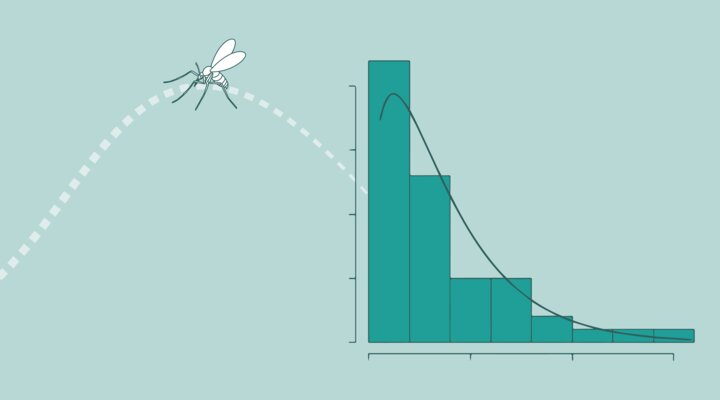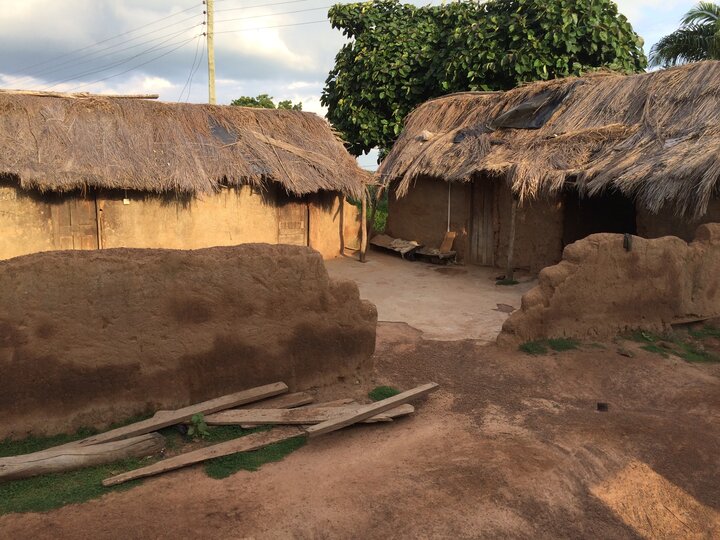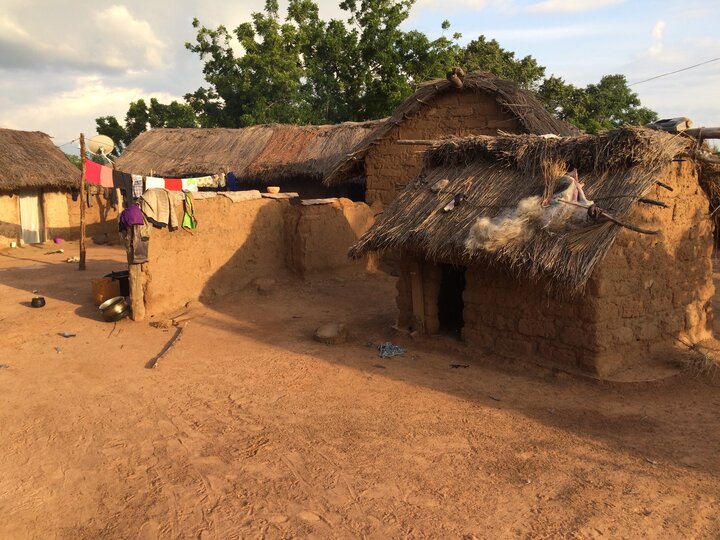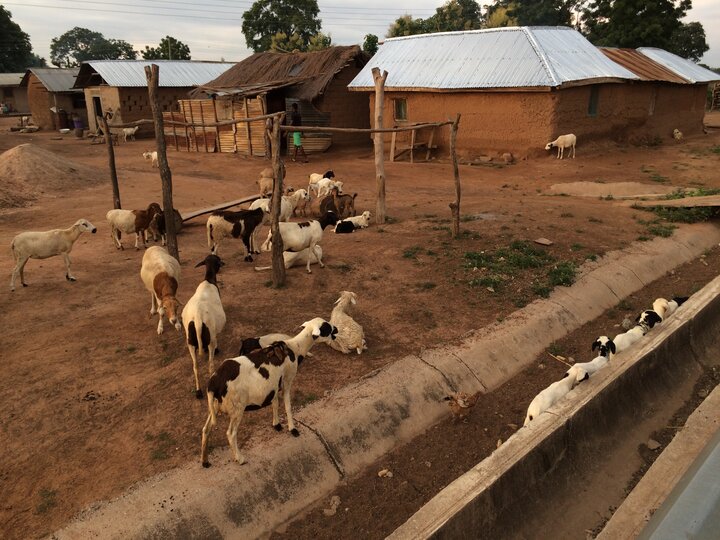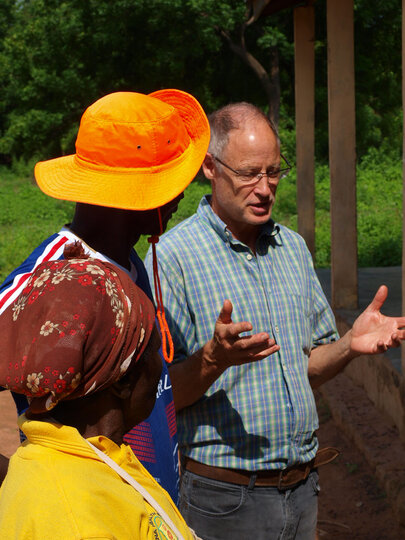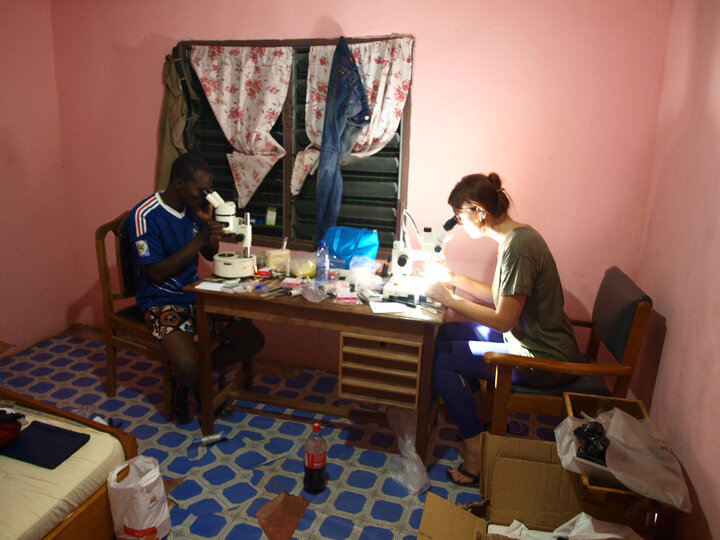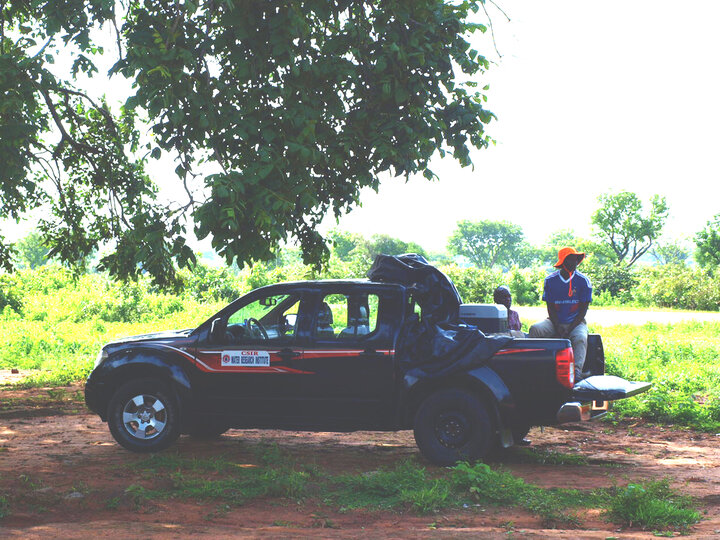Understanding host heterogeneity to vector-borne disease exposure: Implications for modelling disease transmission and improving the design of control interventions
Effective interventions to control vector-borne neglected tropical diseases rely on understanding host–vector–parasite contact rates. Transmission models used to predict interventions’ impact are particularly sensitive to individual-host variation to vector biting exposure; this interacts with processes regulating parasite abundance: the stronger the aggregation of bites on a few hosts, the higher the basic reproduction ratio (R0) of the infection, the more stable low-prevalence settings become, and the more resilient the system is to successful control interventions.
Hypothesis: Heterogeneity in exposure to vector bites will be significantly higher in low prevalence/low overall biting rate settings, and it will be lower in higher prevalence/high overall biting rate settings.
Success: Anti-vector saliva assays for humans provide a proven opportunity to measure vector biting intensity. Such assays have been rarely applied at epidemiological scales. For visceral leishmaniasis (VL), an assay for Phlebotomus orientalis will be applied, and a novel assay for Simulium damnosum s.l., main vector of onchocerciasis (ONCHO) in Africa, developed. These will be applied in high and low prevalence African populations. The generated data will be used to develop/calibrate next generation mathematical models to predict intervention best practice under parameterized high and low incidence/prevalence scenarios for both diseases.
Gnatwork 2021
Dr Orin Courtenay, Dr Laura Willen, Philip Milton and Professor Maria-Gloria Basáñez presented the outputs of the project to date at the Gnatwork 2021 conference on the 24th May.
